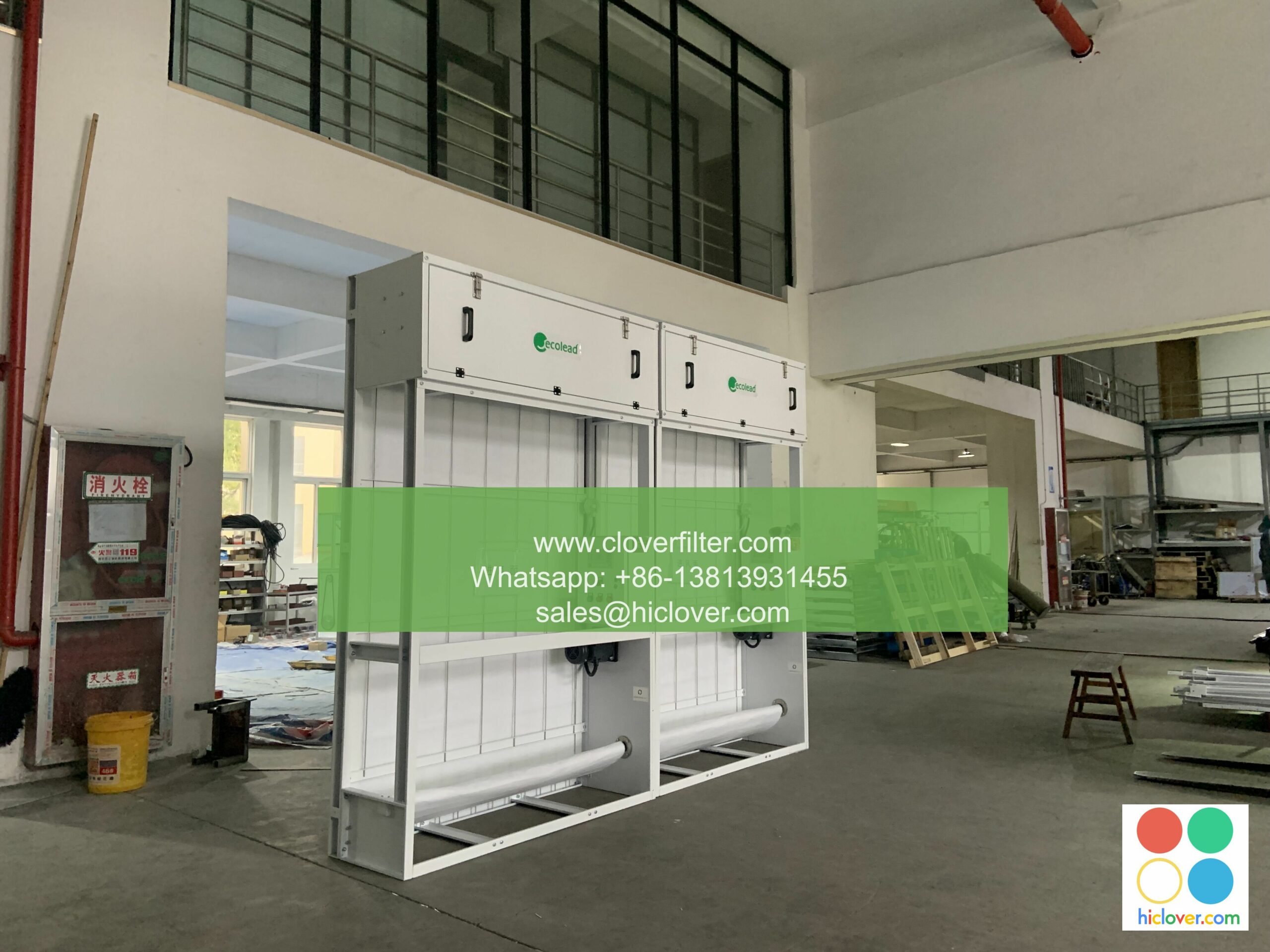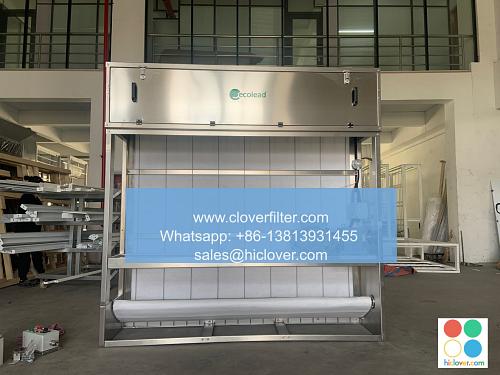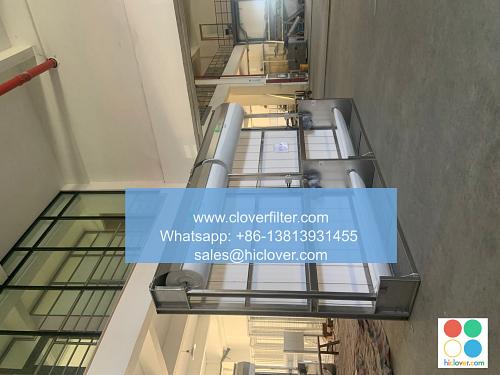Air Filter Efficiency: A Comparison of Different Types

Air Filter Efficiency: A Comparison of Different Types
Introduction
Air filtration is a crucial aspect of various industries, including residential, commercial, and industrial applications. With the increasing awareness about indoor air quality, the demand for efficient air filters has risen. In this article, we will delve into the world of air filters, comparing different types and their efficiency in various applications.
Types of Air Filters
- Fiberglass Filters: These filters use a honeycomb-like structure made of fiberglass fibers to capture particles as small as 0.5 microns. They are commonly used in residential heating, ventilation, and air conditioning (HVAC) systems.
- Efficiency: Merv 8-10
- Applications: Residential HVAC systems, commercial air handlers
- Pleated Filters: These filters feature a pleated design for increased surface area and better airflow. They are often made of polyester or other synthetic materials.
- Efficiency: Merv 11-13
- Applications: Residential HVAC systems, commercial air handlers, industrial processes
- Activated Carbon Filters: These filters contain activated carbon, a form of carbon that has been treated to increase its surface area and absorbency. They are effective in removing gases, odors, and volatile organic compounds (VOCs).
- Efficiency: Merv 15 and above
- Applications: Residential and commercial air cleaning, industrial processes, water treatment
- HEPA (High Efficiency Particulate Air) Filters: These filters use a specialized filter design and material to capture 99.97% of particles as small as 0.3 microns.
- Efficiency: Merv 17-20
- Applications: Hospital operating rooms, commercial data centers, residential high-end HVAC systems
- Other Types of Filters: Other specialized filters, such as electrostatic filters, membrane filters, and UV light filters, may be used in specific applications like in hospitals, laboratories, or industrial processes.
- Choose the right air filter for your specific application and requirements to improve indoor air quality and health.
- Consider the Merv rating and particle capture efficiency when selecting an air filter.
- Activate carbon filters for gaseous contaminant and odor removal.
- HEPA filters for high-end applications requiring very high filtration efficiency.
Comparison of Air Filter Efficiency
| Filter Type | Efficiency (Merv Rating) | Particle Capture | Gaseous Contaminant Capture | Odor Removal | Application Areas |
|---|---|---|---|---|---|
| Fiberglass | 8-10 | 0.5 microns | Low | Low | Residential, Commercial |
| Pleated | 11-13 | 0.5 microns | Medium | Medium | Residential, Commercial, Industrial |
| Activated Carbon | 15+ | N/A | High | High | Residential, Commercial, Industrial, Water Treatment |
| HEPA | 17-20 | 0.3 microns | High | High | Hospital, Commercial Data Centers, Residential High-End |
Conclusion
Air filter efficiency is a critical factor in ensuring indoor air quality. By understanding the different types of air filters and their efficiency, industries can choose the right filter for their specific application. Whether it’s residential, commercial, or industrial, choosing the right air filter can make a significant impact on indoor air quality and overall health.
Key Takeaways
By selecting the right air filter for your needs, you can breathe a little easier knowing your indoor air is clean and healthy.
It looks like you’ve entered an empty box!
Please go ahead and type what you’d like to talk about, and I’ll be happy to help! Do you have a specific question, a topic you’d like to discuss, or are you simply looking for some friendly chat? Let me know, and I’ll be here to assist you!


